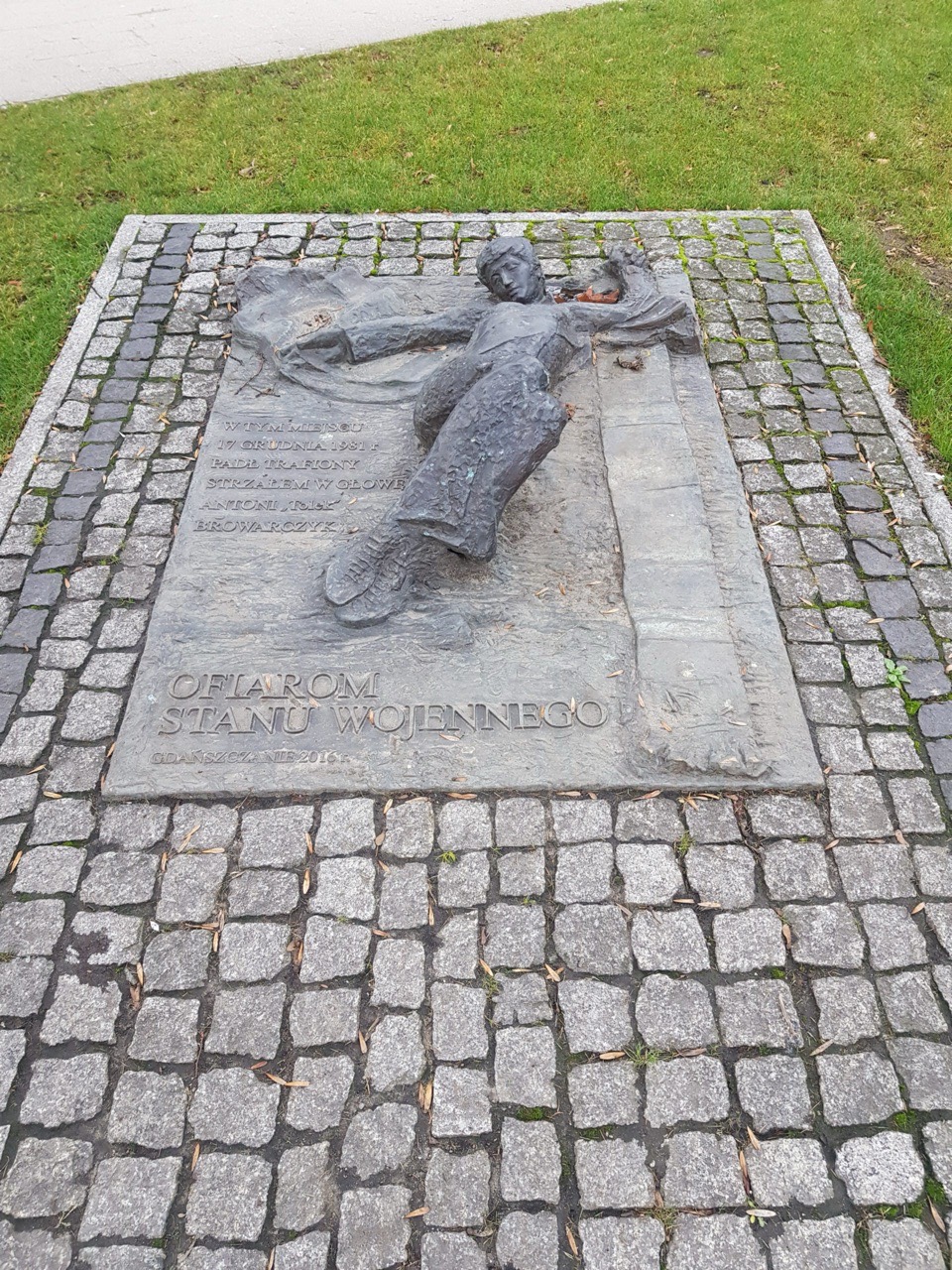Gdansk – Westerplatte
Back to November 2015, when I visited Westerplatte which is where the first military conflict of the Second World War took place. Of all the places that I visited on that trip, this is the one that stayed with me for the longest, as the area is now so serene and peaceful that it’s hard to imagine the horrors of what happened there.
For such an important historical site, it’s not particularly easy to get there. There are buses which go to and from the site from Gdansk city centre, but they’re not that frequent. The buses were though quite busy, so perhaps in time the frequency of the buses might increase. For the moment, buses 106 and 138 go the site and they’re the standard bus ticket price.
The site is substantial in size and it contains a large memorial to the battle, as well as numerous buildings in various states of repair. Some of the buildings are nearly entirely destroyed, a few are still standing, but most are badly damaged. There’s no entrance charge to enter the site and there are numerous information boards placed around the location to allow visitors to interpret the site. My investigation of the area took just over two hours, although I could have done with just a little more time, but was constrained by the bus timetable.
Back to the importance of Westerplatte…. Gdansk was at the time known as the Free City of Danzig and was technically run by the League of Nations to ensure that it was protected. However, the League of Nations wasn’t a particularly effective or strong organisation, and it was soon railroaded into positions which weren’t in the interests of Poland or its people.
Danzig had a majority German population, so it found itself as a bastion of empire in what was now an area surrounded by Poland. The compromise agreement of being managed by the League of Nations was never really tenable, as German nationalists wanted it back. With the rise of the Nazi party in Germany, that desire of seeing a German Danzig became an important point of principle for Hitler.
On the 1 September 1939 the German ship Schleswig-Holstein fired upon the Polish troops at Westerplatte and the war had begun. The Polish resistance surprised, and I think horrified, the Germans. The Poles were also holding other locations in Gdansk that the Germans were to attack, and the strength of the defence was respected by the German troops. However, the Nazi control saw it as a substantial threat, and so perhaps took a much more aggressive line to how they treated the Polish military.
The defence of Westerplatte did delay the Germans by many hours, which was the initial point of building these defensive structures. Around 15 Poles were killed during the battle, but around 250 Germans lost their lives. The Germans soldiers at the site were so impressed at the bravery of the Polish defence that when the Poles surrendered, the commander of the site was allowed to keep his sword.
One of the badly damaged buildings which the Germans attacked. It was impressive to me that the building still stayed standing, let alone they had managed to secure it so that visitors could walk around it. They must have done complex civil engineering things to strengthen and support parts of the collapsing concrete and masonry. Or they just left it and hoped for the best…..
More photos of the interior of the same building. There are ramps which have been added to the structure to get in and out of the building, but none of it was closed off to visitors. I didn’t like to explore too closely though, just in case random bits of building fell on me.
The exterior of the above building, with the ramp to access it visible on the right hand side.
Another damaged structure at the site.
This today is the bridge at the end of the main street that so many tourists walk over and the Żuraw (or crane) building is visible on the right hand side of the photo. It’s rather haunting to be reminded that the Nazi party was so warmly welcomed into Danzig by the mostly German inhabitants.
The Westerplatte Memorial which was contributed to mark the bravery of those Poles who defended this site, and to all of those who defended freedom.
The flags of Poland and the European Union fly at the site. Freedom prevails.
















